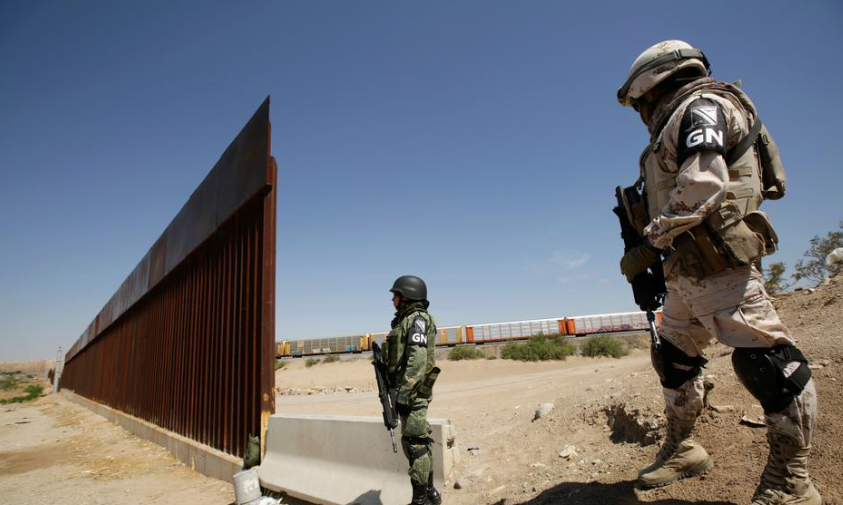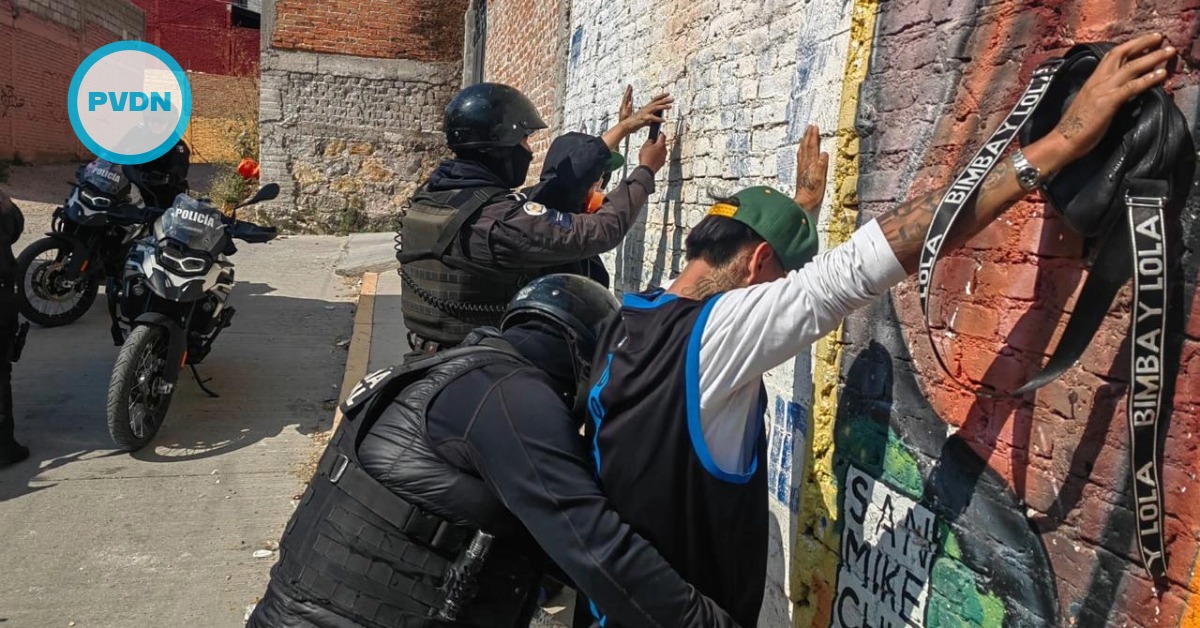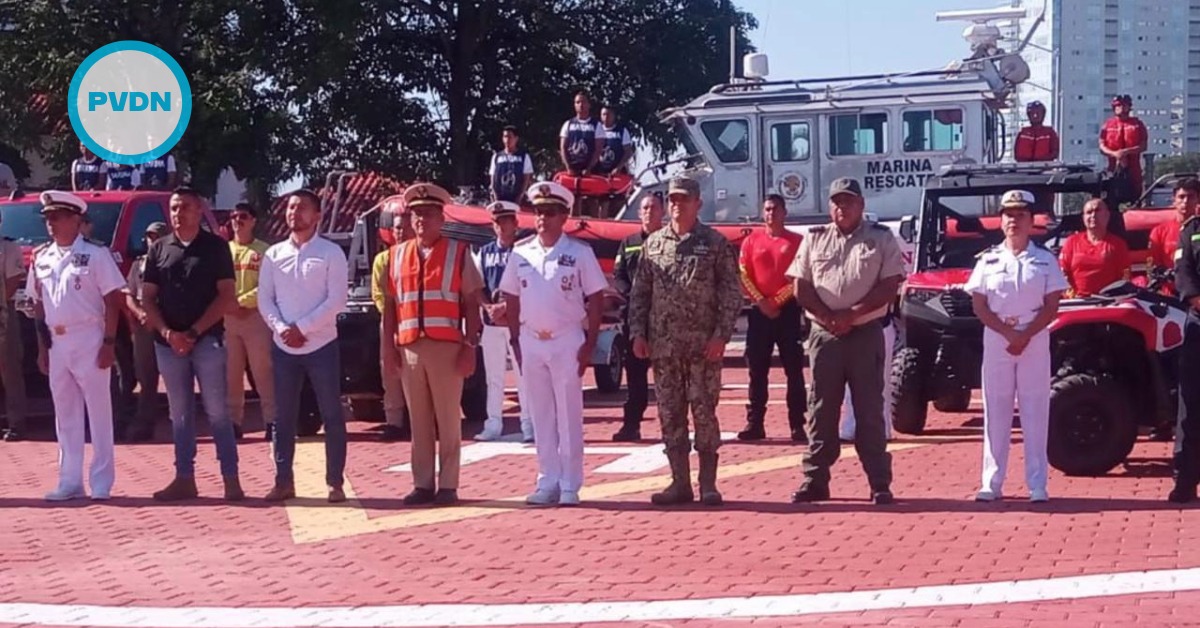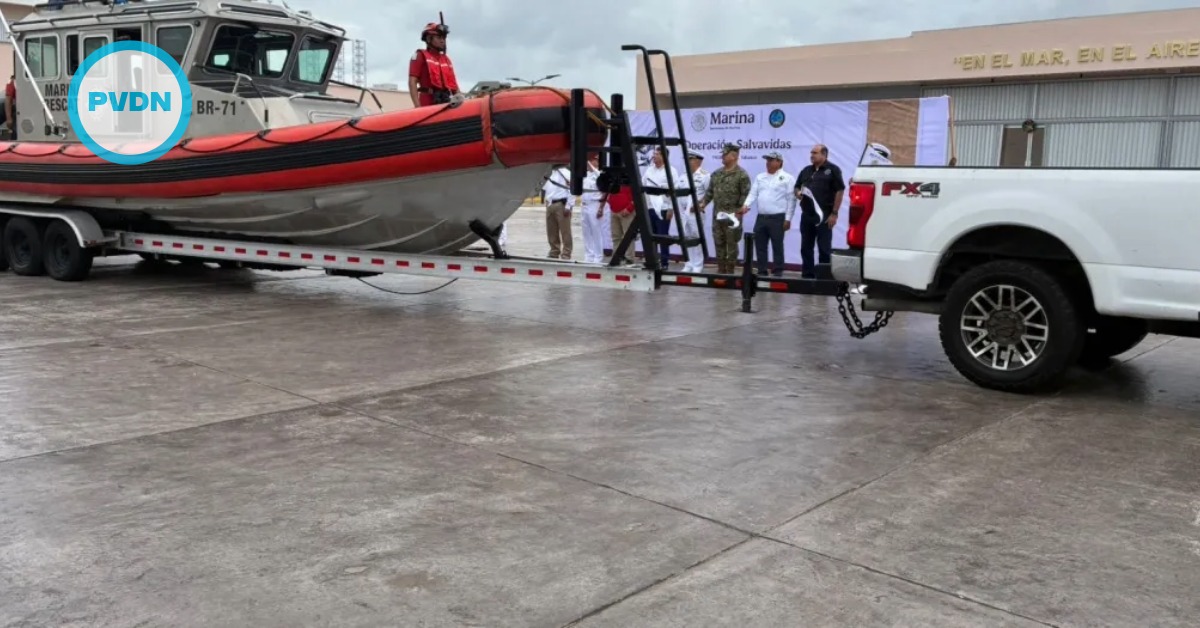A convoy of Mexican state and municipal police trucks roared along the U.S.-Mexico border in Ciudad Juarez to confront cartel gunmen, past National Guardsmen patrolling the banks of the Rio Grande River for migrants trying to cross into the United States.
“We should be with them, not here. We’re soldiers,” one of three guardsmen in a green camouflage uniform grumbled to himself within earshot of a Reuters reporter. He was frustrated that orders kept him from going to back up police in the shootout with gangsters.
The National Guard is a new security force that was created . . .






